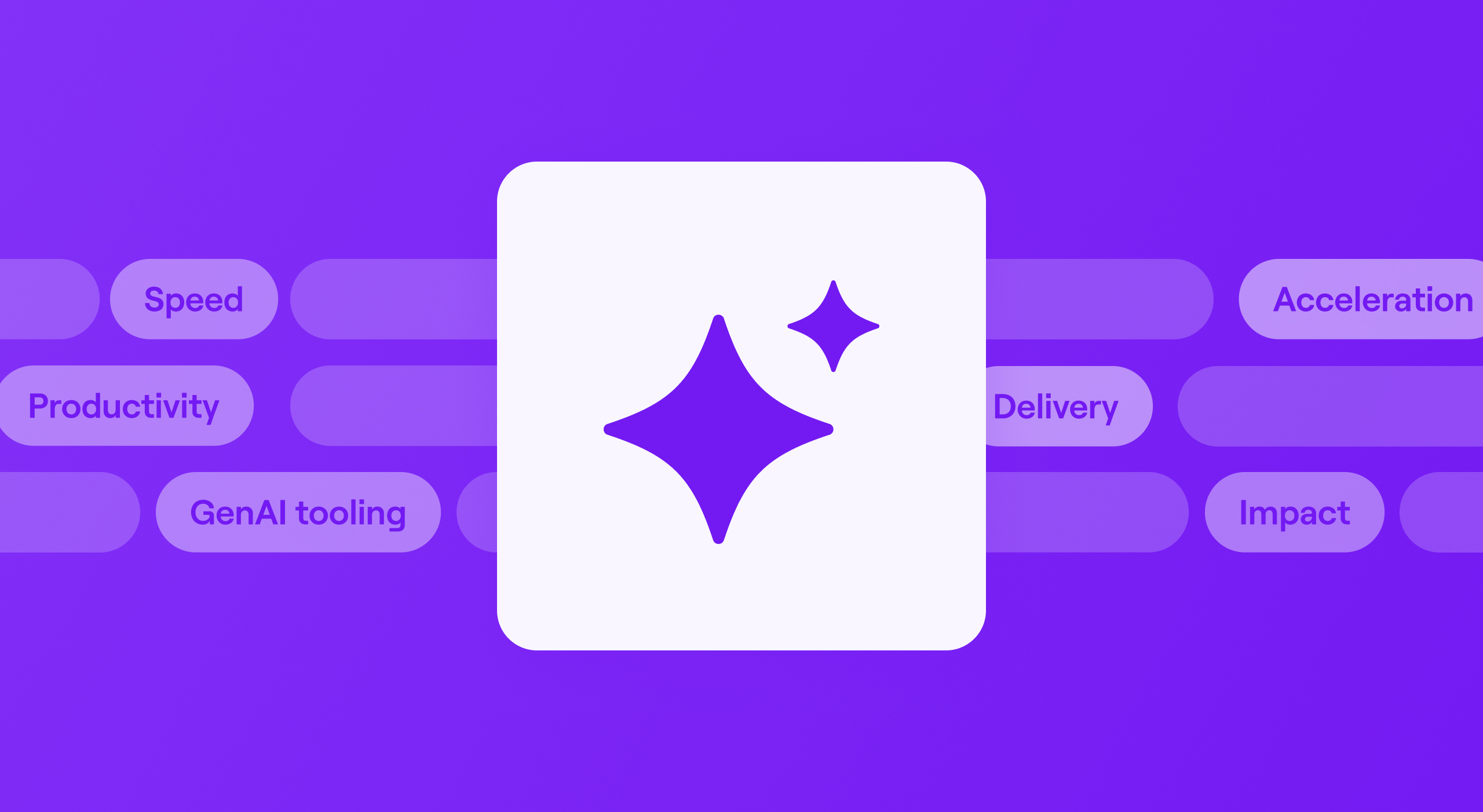In this article
In my work on the Jellyfish research team, I am tasked with closely observing, measuring, and interpreting trends in GitHub Copilot adoption, usage, and productivity. We closely track this data via real-time information gathered from the Jellyfish Copilot Dashboard.
Here are our most recent findings:
Copilot Penetration
No marked increase in Copilot penetration over the last 3 months
Over the last three months, we haven’t seen a significant increase in Copilot penetration, with fewer than 30% of companies fully adopting the tool. This figure is particularly striking when considering market sentiment that anticipated much broader penetration.
So why do we think adoption might be hitting a wall? A few reasons come to mind:
- The pace of innovation in the GenAI tooling space is leading to decision paralysis. We’re hearing from leaders who say they’re non-committal to any one solution just yet as they’re still waiting to see which one(s) will have the most relevant feature sets.
- Demonstrating the ROI of tools like Copilot is still unclear. Tools like Jellyfish’s Copilot Dashboard can help to show stats around impact, allowing you to answer questions like:
- Is my team using it, and how much?
- How is my team using GitHub Copilot?
- What is the downstream impact of GitHub Copilot on our organization?
- Companies appear to be stuck in ramp up – either trialing or having rolled out Copilot to a subset of their org as they “wait and see” before fully deploying it across engineering. Essentially, these companies want to wait until they are more confident in the impact story and that this is the “right” tool for their business.
While more companies aren’t hitting full adoption, adoption on the whole is increasing. Regardless of what is holding you back from rolling out Copilot, we encourage you to start. The sooner you adopt, the sooner you can start evolving with the tool, learning how it works for your organization, and adapting as the technology does.
Usage Rate
Average Copilot usage rate (% of days engineers use Copilot) across the industry is still around 46%
While overall adoption has been slow, companies that have implemented Copilot are seeing strong daily usage. Across the industry, engineers who have access to Copilot are using it on about 46% of their working days. This statistic shows that while adoption may be lagging, those who have embraced Copilot are relying on it regularly, integrating it into their workflows. Essentially, companies that are investing in Copilot are using it, and there’s still room to grow to maximize the benefits gained.
Cycle Time
12.6% decrease in cycle time, which represents a significant acceleration of delivery speed
The impact of Copilot on productivity is also worth noting. We measured a 12.6% decrease in cycle time – an important metric that shows significant acceleration in delivery speed. What makes this particularly noteworthy is that this reduction is based on Jira data, not just Git-based metrics, meaning it captures a broader and more accurate picture of engineering team performance. This improvement in cycle time is a key differentiator for teams leveraging Copilot, indicating that when the tool is used effectively, it can contribute to faster, more efficient development cycles.
While Copilot adoption remains below 30%, its usage among those who have integrated it is high, and the resulting gains in productivity – such as the reduction in cycle time – suggest a meaningful impact. The data paints a picture of a tool with substantial benefits, but also significant barriers to widespread adoption, warranting a closer look at what might be holding companies back from fully embracing Copilot.
If you’re ready to better understand how your organization leverages Copilot, check out the Jellyfish Copilot Dashboard here.
About the author

Nikolas Albarran is a Product Researcher at Jellyfish.
About the author

Lena Chretien, PhD, is a Senior Data Scientist at Jellyfish.





